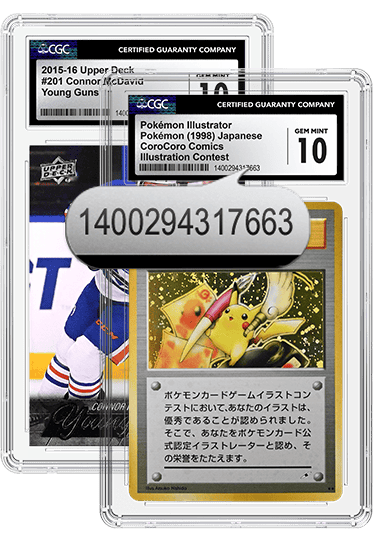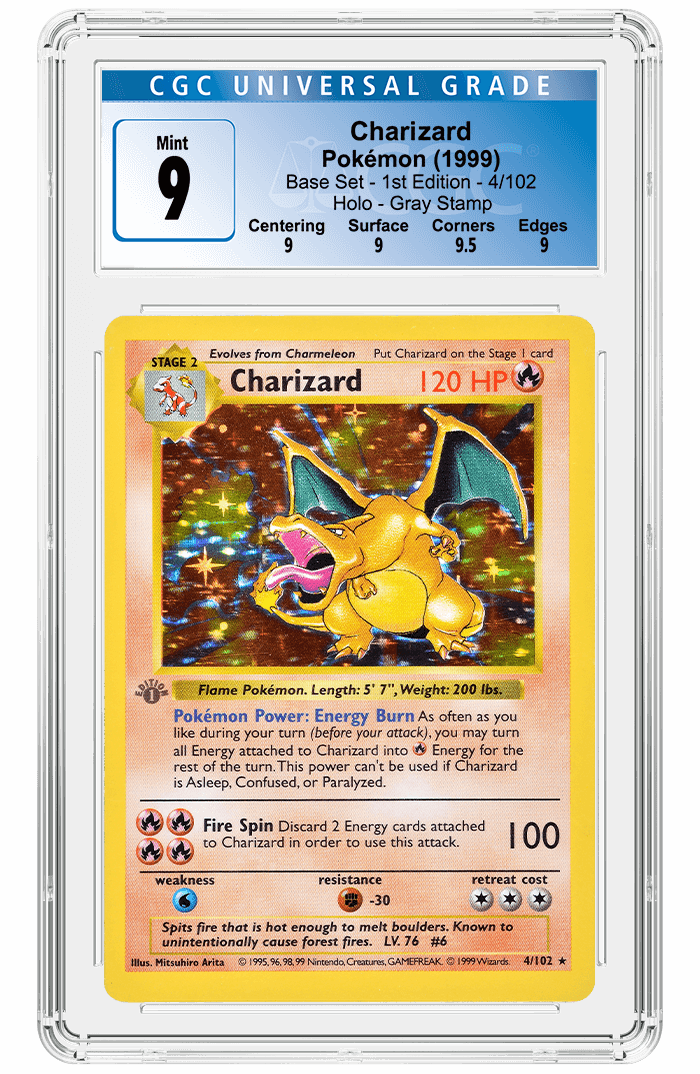Counterfeit Card Alert: 1986 Panini Supersport #31 Ayrton Senna Italian
Posted on 4/6/2023
Ayrton Senna was a Formula One racing legend from Brazil who dominated the sport in the 1980s and early 1990s. He made his F1 debut in 1984 before joining Frenchman Alain Prost at McLaren-Honda in 1988. It would be a breakout season for Senna. He and Prost won every Grand Prix race that year except for one, and the Brazilian took home his first F1 World Drivers' Championship.
Senna would build on that success in the coming years as his teammate won the championship in 1989. However, Senna would take over once again as he won back-to-back championships in 1990 and 1991. During his career, the racer won 41 Grand Prix races and 65 pole positions. Sadly, his stellar racing career was cut short at the 1994 San Marino Grand Prix when he was involved in an accident that took his life at only 34 years old.
To this day, Senna is revered by F1 fans and analysts alike as one of the greatest racers in the history of the sport. As a result, his sports cards hold strong interest among collectors. In fact, an example of his rookie card, a 1984 Panini F1 Grand Prix Scratch N' Play Ayrton Senna graded CSG 8.5, sold for a stunning $24,600 in March 2023.
Since Senna's cards can be worth thousands of dollars, it's no surprise that counterfeit examples have been produced. Recently, Certified Sports Guaranty® (CSG®) received a submission of a 1986 Panini Supersport #31 Ayrton Senna Italian that raised some red flags during the authentication process. One of the first giveaways of this counterfeit is the grainy, pixelated images, especially the headshot of Senna at the bottom of the card.
 |
 |
| LEFT: Close-up of Ayrton Senna's grainy image on the front of the counterfeit card RIGHT: Close-up of Ayrton Senna's image on the front of a real card Click images to enlarge. | |
In addition to the poor printing quality, there are a handful of other issues with the counterfeit Senna card. The card stock doesn't match an authentic example: the fake has a glossier finish than the authentic version. Also, a genuine card would have more of a textured feel, which is consistent with authentic 1980s Panini Stickers.
The back side of the card contains further clues that CSG's experts caught as well. The back of the counterfeit card stock is extremely white compared to an authentic card, which has a slight toning to it, and there's a noticeable difference in how bright the back of the card is.
 |
 |
| LEFT: The back of the counterfeit 1986 Panini Supersport #31RIGHT: The back of a real 1986 Panini Supersport #31 Click images to enlarge. | |
Finally, the text on the back of the counterfeit card is very bold. So much so that it shines under lighting in comparison to a genuine Senna card. Instead, the real examples have a flat matte text that is consistent with the duller card stock of an original 1980s Panini card. When sheening the counterfeit card back and forth under good lighting, it becomes abundantly clear this is not a genuine example of the 1986 Panini Supersport #31 Ayrton Senna Italian.
CSG uses world-class expertise, advanced technology, innovation and operational excellence to provide sports card collectors and dealers with accurate and consistent certification services. CSG backs these determinations with the industry-leading CSG Guarantee, which adds significant confidence, liquidity and value to the hobby.
Related Links:
Stay Informed
Want news like this delivered to your inbox once a month? Subscribe to the free CGC eNewsletter today!

